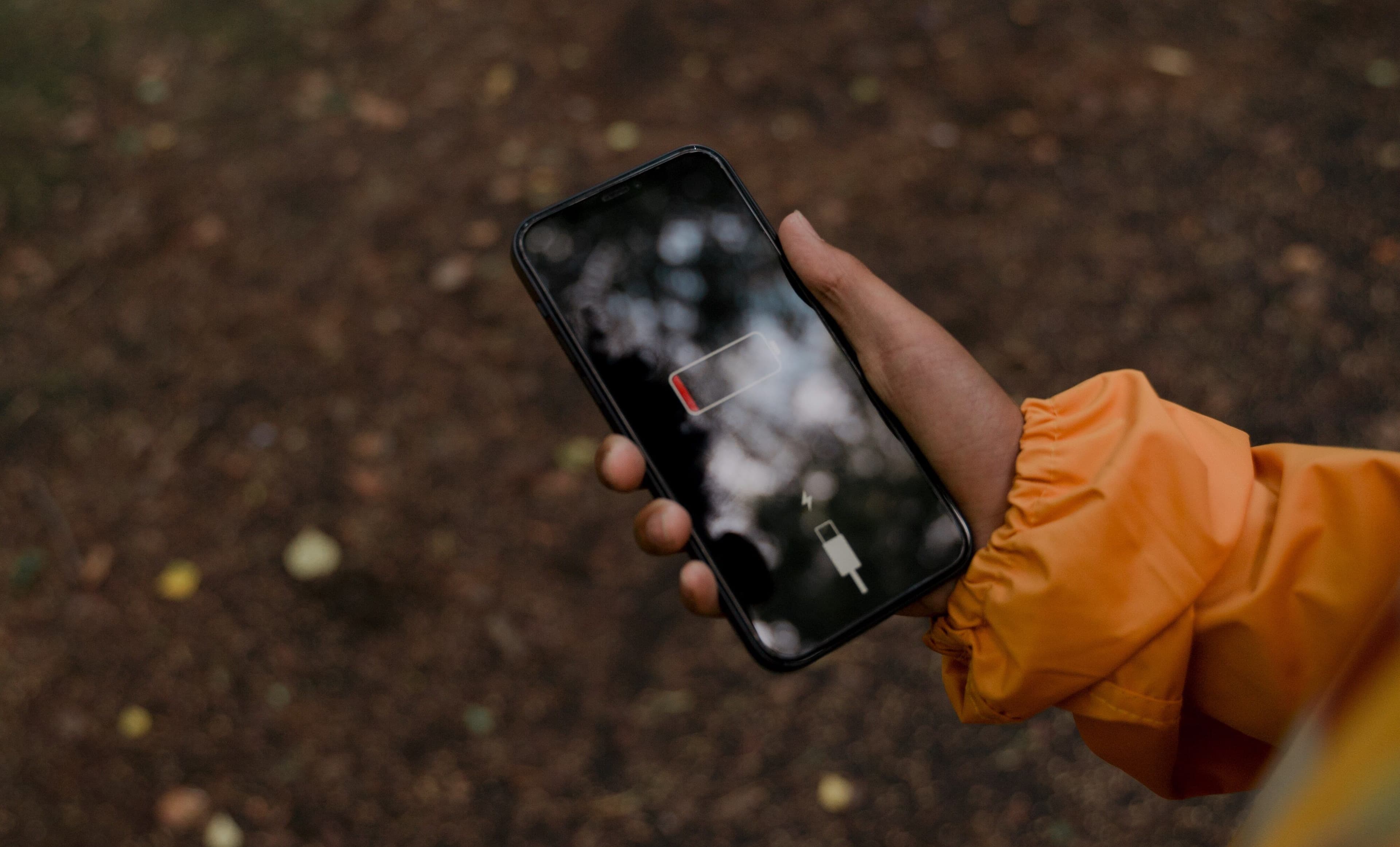Battery life is certainly one of the real hot-button issues in the world of IoT and GPS. Everyone wants a tracker that can last longer on a single charge. Knowing what can affect the battery life of your device can really help you optimize the tracker, and keep you from being hindered by the battery.
At Spytec we have focused on battery life both from a performance perspective and from an education perspective. We make it front and center when viewing a specific tracker, and we try to alert you when the level dips too low.
What contributes to GPS tracker battery life?
First of the factors that impact battery life, is simply size. Batteries, especially the lithium-ion type used in our devices, have a minimum size to have the required effectiveness. The other side of the same coin, is we want to keep the device sized small enough to be versatile.
This is the reason we cannot take the easy way and simply chuck a larger battery in our trackers, they lose some of what makes them versatile if we increase the footprint with a larger battery. That being said, there are devices currently in testing that do utilize a much larger battery and, consequently, have a much longer lifespan.
When we talk about the relationship of tracker performance and battery, we have to understand that GPS trackers update at set frequencies. The more often they update, the more active the frequency, the faster the battery will drain. This is also the reason trackers will go into standby mode when they are not moving. That saves a significant amount of battery during normal usage.
A trip calculated with a 5-second update frequency.
The trackers’ reporting frequency when moving is the major factor when it comes to the battery life of your GPS trackers. If we have the tracker updating at the standard 30 seconds when moving, we can get much more battery life than if we were to update every 5 seconds. The scale is not quite linear, so the formula for calculating the battery life is not as easy as simply multiplying the updates by time.
A trip calculated with a 30-second update frequency.
The two images above show the difference in sheer data from two similar trips with different update frequencies. Each one of the blue dots in the trip trail is a position report, and each position report uses some device battery life. The performance on a 5-second update configuration is undoubtedly better, but the performance increase does come with a price.
Another contributing factor is how frequently is the tracker moving. If you are tracking a trailer that moves once a month, then you will get much more battery than a truck that drives 8 hours a day. The behavior of the asset must be factored into the anticipated battery needs when tracking.
How can I maximize my battery life?
Getting the correct piece of hardware for the asset you are looking to track is the most important factor here. For instance, if tracking a vehicle, the OBD tracker alleviates battery concerns from the off. If you are tracking a stationary asset, then our weatherproof asset tracker is a strong choice. A more active asset, on the other hand, can benefit from something like a hardwired tracker, drawing power from the asset itself, rather than a battery.
Accessories for the GL300 can increase the battery life of that specific tracker as well. The M4 and M6 battery cases multiply the battery life by allowing the tracker to connect to an external battery. This can be useful for assets and use cases that require an active, battery-powered device but need to maximize the lifespan. These battery packs are IP67-rated and connect easily to the GL300 tracker. They are a simple way to extend the battery life exponentially.
Another key software component is to utilize the low battery alert effectively. By configuring the alert to give enough time to reach the tracker and recharge it, you can mitigate unexpected low battery events. By staying on top of the battery status of the trackers, you can keep them running effectively for longer. The minute the battery dies on a tracker, the chance that it has changed position without you knowing increases, and that is something we want to avoid.
The Future?
We are actively looking at new and unique ways to solve, or at least change, the battery life conversation. One element that we are actively pursuing will change the way IoT and GPS users think about the performance to battery life relationship with their devices. Let’s just say you won’t have to guess what behavior to set your tracker up for, for much longer. More details on this exciting new feature coming soon.


